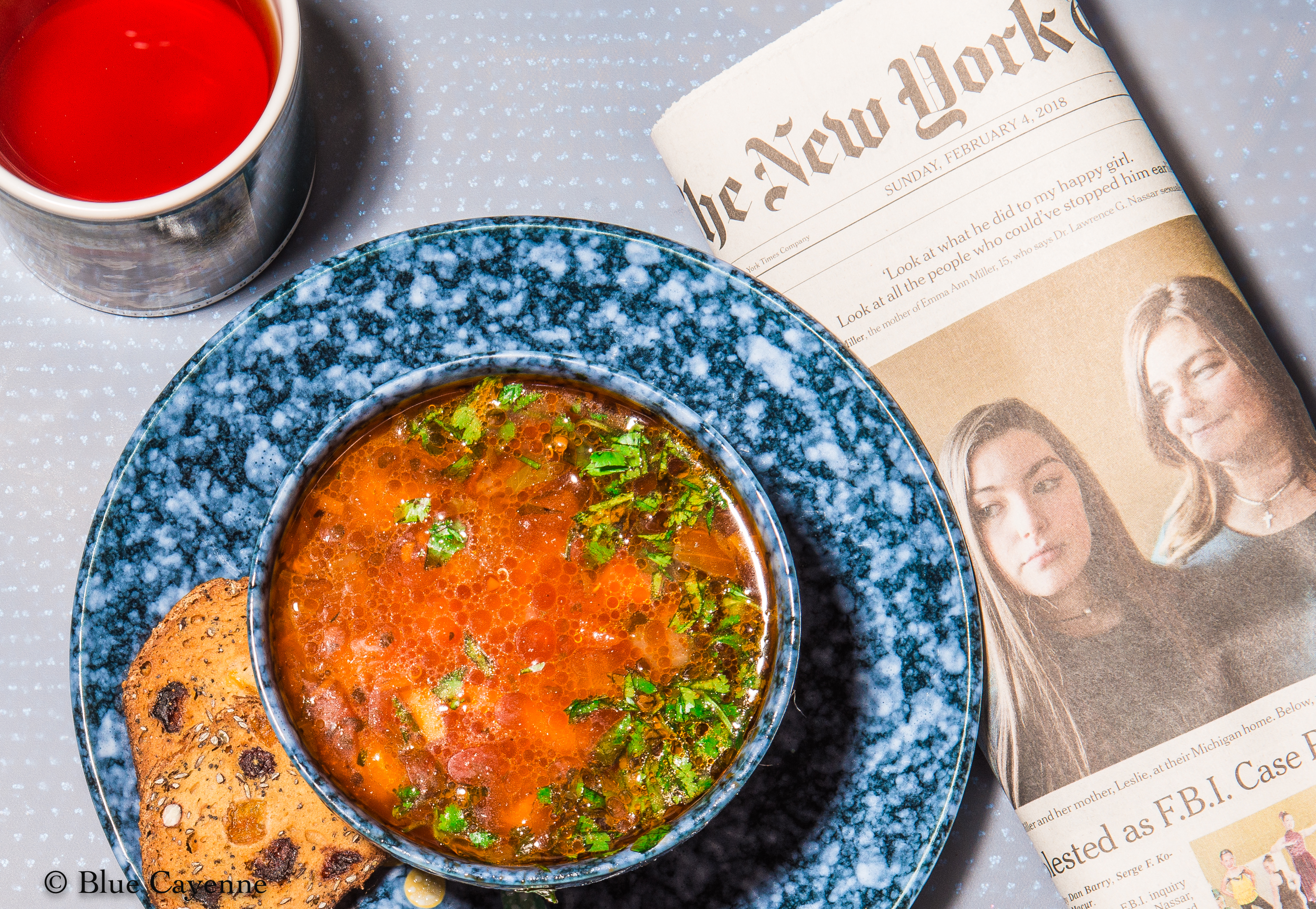What does it take for quinoa to get a little respect?
There is a strong case to be made for quinoa. The United Nations, after all, proclaimed 2013 “The Year of Quinoa.” Nutritionists extol quinoa’s nutritional virtues. It’s a complete protein and The UN Food and Agriculture Organization reports that quinoa is as nutrient dense as mother’s milk. Food scientists, worried about world cereal crop yields in the face of increasing soil salinity and water scarcity, see quinoa, which flourishes under adverse growing conditions high in the Andes, as one remedy for potential world food shortages. NASA has considered quinoa for inclusion in their astronauts’ diets during long-duration space flights. And, let’s not forget taste; Quinoa has a nice nutty flavor.
Clearly, we need to open our minds and, with apologies to John Lennon, ” give quinoa a chance”.
But…right away, quinoa gets off on the wrong foot.
Scientists classify quinoa (pronounced KEEN-wah) as a pseudo-cereal. We all know that being called pseudo anything isn’t usually a compliment. It usually means that you have “pretensions.”
In the case of quinoa, however, the use of the term pseudo-cereal is pretty benign. It means that, while quinoa is technically a non-grass grain-like seed, it has many of the same dietary applications as the true cereals. You can cook it like rice. You can add it to soups, as in the recipe posted here. Or, you can pop it. It also can be ground into flour and is used in a number of flatbreads.
There are hundreds of types of quinoa. My Trader Joe’s carries a Bolivian red quinoa and a tri-color mix, but the pseudo-grain grows in a rainbow of colors and strains. The gold standard of quinoa’s many varieties is the large-seeded quinoa real that only is grown in the Bolivian highlands.
Here’s the history lesson.
Historians believe that quinoa was first cultivated 5000 years ago. There is, however, a disagreement about where exactly quinoa was first grown for food. While South American scientists claim quinoa is uniquely their own crop, some American food scientists suspect that quinoa originated in North America and was then carried to Central and South America by birds.
Historians most often focus upon quinoa’s cultivation by the Incas between the 14th and 16th centuries. Incan leaders called it “the mother of all grains” and its cultivation was of such dietary importance (both for the general population and for the storied Incan military) that each year the first quinoa seeds were planted by their emperor using golden tools. According to Harold McGee in On Food and Cooking, quinoa was a staple food that was second in importance only to the potato in Bolivia, Chile and Peru during this period.
Quinoa also carried spiritual importance for the Incas. They believed that God sent them a beautiful messenger, Nustra Juria, during a period of drought and desperate suffering. Nustra Juria descended from the sky and began a journey along the shores of Lake Titicaca. From there, she walked across the salt pans of the Southern Altiplano (highlands) and eventually ascended back into the heavens near the Tunupa volcano. Once she was gone, her path miraculously sprouted with brilliantly-hued quinoa and the population was saved from starvation. Nourishing quinoa, then, was sacred food– a gift from God that could withstand drought and cold.

When Pizarro and the Spanish conquistadores arrived in the area in 1532, orders were given to burn the prolific quinoa fields. Only small fields of quinoa survived in the high mountains.
Today’s Andean quinoa crops are descended from those surviving plants and the world’s major quinoa producers are Peru, Bolivia and Ecuador.
If you haven’t tried quinoa before, or if you were introduced to quinoa through Conan O’Brien’s monologue diss, this soup would be a delicious way to get to know the “grain.”
Ingredients
- 1/4 C. olive oil
- 2 medium onions (finely chopped)
- 2 medium carrots (peeled and finely chopped)
- 2 stalks celery (trimmed and finely diced)
- 2 (14-1/2 ounces each can) cans of garbanzo beans, foul mudammas beans or cannellini beans (drained) or a mixture (or equivalent amount of freshly-cooked beans)
- 2 cloves garlic (finely chopped)
- 1 can (14 1/2 ounces) chopped tomatoes (with their juices) (or equivalent amount of chopped fresh tomatoes)
- 7 C. vegetable stock
- 1/3 C. quinoa
- 1/4 C. chopped parsley
- 1 T. chopped fresh oregano or thyme
- 1 bay leaf
- Sea salt and ground black pepper (to taste)
- Garnish with chopped parsley or cilantro and with grated parmesan cheese
Instructions
- Use a large soup pot. Heat olive oil in the pot over medium heat. Sauté onion, carrots and celery in the olive oil for about five minutes (until just tender).
- Add the beans and garlic to the pot of sautéed vegetables. Stir and cook for about two minutes.
- Stir in tomatoes and their juices and vegetable stock. (I used half a can of San Marzano tomatoes. Rather than chop the tomatoes, I broke them up with my hands.) Simmer this mixture for about 20 minutes.
- Add quinoa, parsley, herbs and bay leaf to the pot of simmering soup. Cover the pot and continue to simmer the soup for about 15 minutes. Remove the bay leaf and season your soup with salt and pepper to taste.
- Serve soup garnished with chopped parsley or cilantro and grated cheese.
- Like rice or pasta, the quinoa in your soup will continue to absorb the broth as the soup sits. If necessary, add additional broth or water to the soup. This soup is even better served on the second day after the flavors have had time to mature.
This recipe is adapted from one that appeared in The New York Times. Here is a link to Jeff Gordinier’s recipe: Hearty Quinoa and White Bean Soup



 Save Recipe
Save Recipe